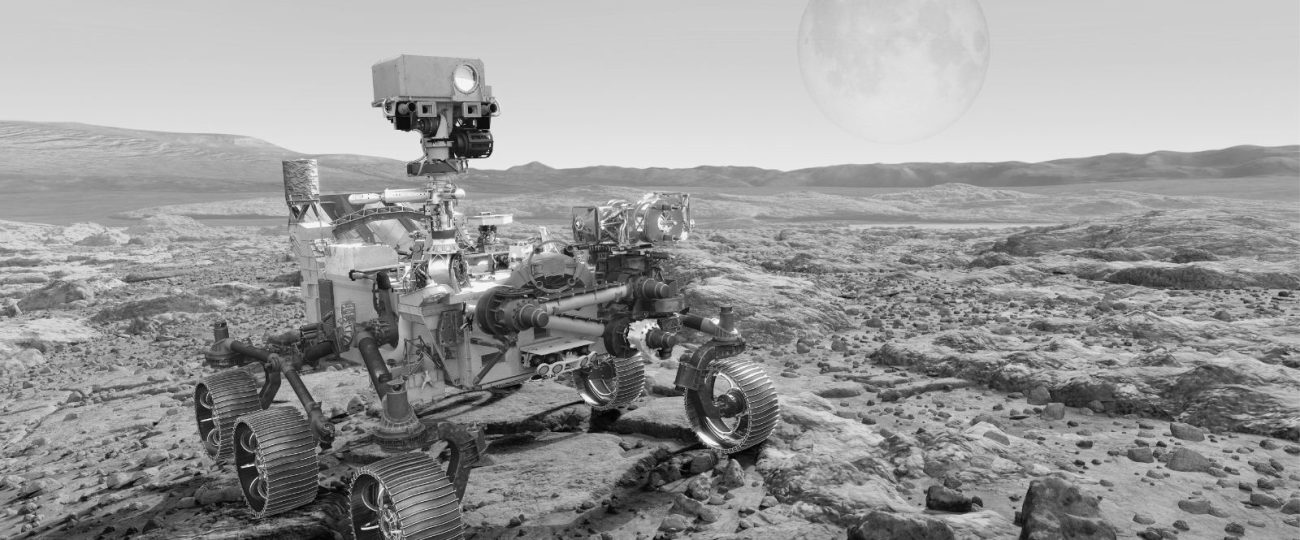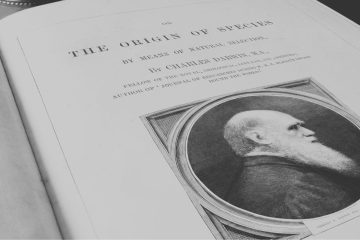What Happened On September 25th?
On September 25, 1992, NASA launched the Mars Observer from Cape Canaveral aboard a Titan III rocket. The launch occurred at 1:05 p.m. Eastern Daylight Time, and anticipation ran high as engineers and scientists watched the spacecraft ascend toward the Red Planet. This mission was NASA’s first to Mars in nearly two decades. After the spacecraft successfully separated from its rocket, ground control confirmed the deployment of its solar panels, which would power the spacecraft during its 11-month journey. With the Mars Observer on its way, NASA’s expectations soared.
The Mars Observer had undergone several years of planning and development, making the launch day especially critical. The mission aimed to gather extensive data on Mars’ atmosphere, surface, and magnetic field, all of which could deepen humanity’s understanding of the planet’s history. By the end of the day, NASA had sent the spacecraft on its path to Mars, with an expected arrival in August 1993.
NASA equipped the Mars Observer with state-of-the-art instruments designed to push the boundaries of Martian exploration. The Mars Observer Camera (MOC), capable of capturing images with unprecedented detail, was one of the mission’s highlights. The camera could detect surface features as small as 1.4 meters across, giving scientists the tools to map geological formations, craters, and valleys with incredible precision. Scientists eagerly awaited the MOC’s images, which promised to shed light on whether Mars had ever experienced significant water flow, a key factor in determining its potential for past life.
The Gamma Ray Spectrometer (GRS) aboard the Mars Observer measured the distribution of elements across Mars’ surface, including hydrogen, which might indicate the presence of water ice beneath the surface. What made the GRS even more valuable was its ability to detect elements at a depth of several centimeters, which allowed scientists to look beyond just the outer surface. The instrument could reveal clues about Mars’ elemental makeup that were essential for understanding the planet’s geological history.
Another advanced tool, the Magnetometer, would finally address the long-debated question of whether Mars had a magnetic field in its past. Scientists had found hints of ancient magnetism in surface rocks from earlier missions, but the Magnetometer would provide definitive answers. Detecting traces of a magnetic field could suggest that Mars once had a molten core, which might have created conditions suitable for maintaining an atmosphere and liquid water. This discovery would be pivotal in unraveling Mars’ climate history and its potential to support life in the distant past.
NASA’s decision to repurpose technology from Earth-based satellites for the Mars Observer marked a cost-cutting strategy that came with risks. The spacecraft utilized parts originally designed for satellites that orbited Earth, including components borrowed from the commercial Mariner Mark II program. While this approach helped save millions of dollars, it led to concerns among some engineers about how well these components would perform on a long journey through deep space. Modifying Earth-bound technology for the harsh conditions of Mars exploration had rarely been attempted on this scale, and the decision sparked debates within NASA.
NASA faced not only technical challenges but also political ones. The agency had encountered budget cuts throughout the late 1980s, and the Mars Observer represented a high-stakes mission meant to demonstrate that NASA could still lead ambitious planetary explorations. Even the mission’s $813 million budget was considered modest compared to other Mars missions, and NASA had to balance scientific goals with financial constraints. However, the decision to use commercial satellite components showed the agency’s willingness to innovate under pressure.
A key feature of the Mars Observer, the Thermal Emission Spectrometer (TES), was tasked with detecting small temperature differences across Mars’ surface. The TES allowed researchers to identify minerals and better understand the planet’s geological processes. The TES could also provide data on surface compositions and detect volcanic activity, potentially revealing insights into whether Mars had active geological processes in the past or present. This instrument was critical in understanding how heat was distributed across Mars, offering a window into the planet’s climate evolution.
Even after a successful launch, NASA’s engineers knew the most challenging part of the mission lay ahead. The Mars Observer needed to execute a precise engine burn upon its approach to Mars in 1993, allowing the planet’s gravity to capture the spacecraft and bring it into orbit. The team understood that any miscalculation could cause the spacecraft to overshoot Mars or crash into its surface. The spacecraft’s size and complexity made this maneuver especially risky, and engineers anxiously monitored its progress as the Mars Observer neared its destination.
Three days before the Mars Observer was set to enter Mars’ orbit, on August 21, 1993, communication with the spacecraft abruptly ceased. NASA lost contact during a routine procedure to pressurize the spacecraft’s fuel tanks, preparing for the crucial engine burn. Despite their best efforts, mission control never re-established communication. The silence left engineers scrambling to diagnose the failure.
The exact cause of the loss remains uncertain. Some investigators theorized that a fuel line rupture led to an explosion, rendering the spacecraft inoperable. Another theory pointed to a software malfunction that might have prevented the spacecraft from executing its critical commands. With no telemetry data to analyze, NASA could only speculate. This sudden and devastating loss meant that years of scientific anticipation ended without resolution.
NASA had incorporated groundbreaking technology into the Mars Observer, and despite the failure, many of the instruments and techniques developed for this mission found new life in subsequent missions. Several of the Mars Observer’s instruments were redesigned and integrated into the Mars Global Surveyor, which launched in 1996. That mission achieved many of the original goals set for the Mars Observer.





